It was time for a little walk to my local beach, the one I always saw from my window and what a paradise it is.
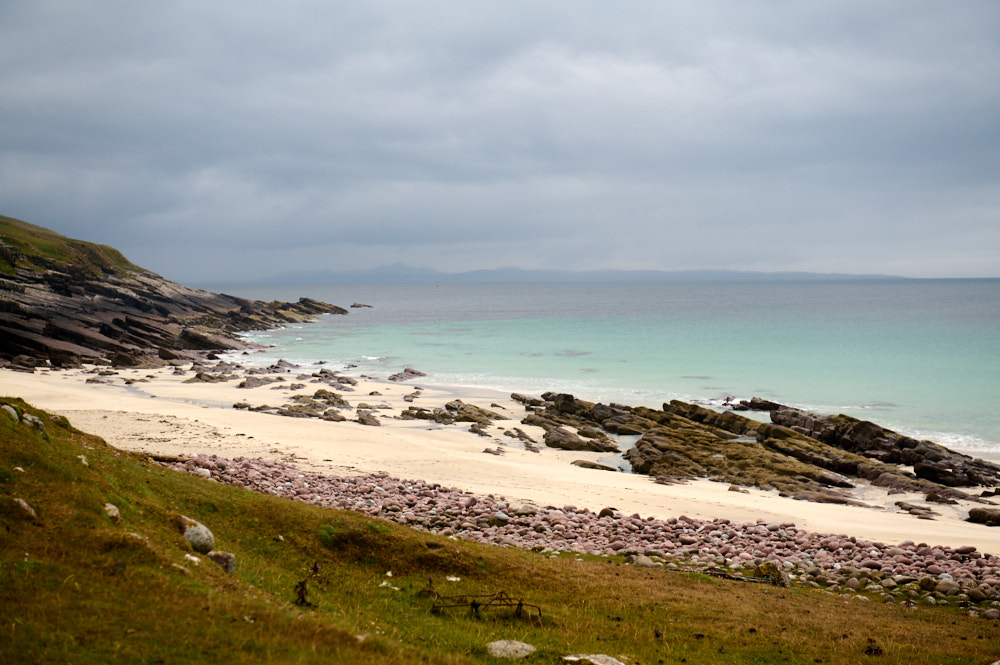
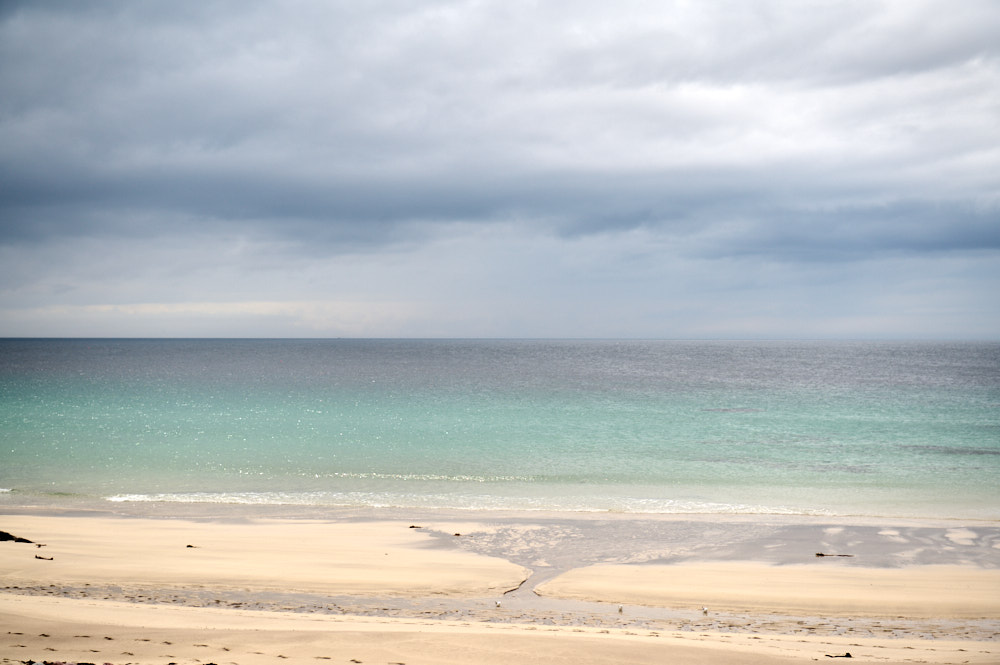

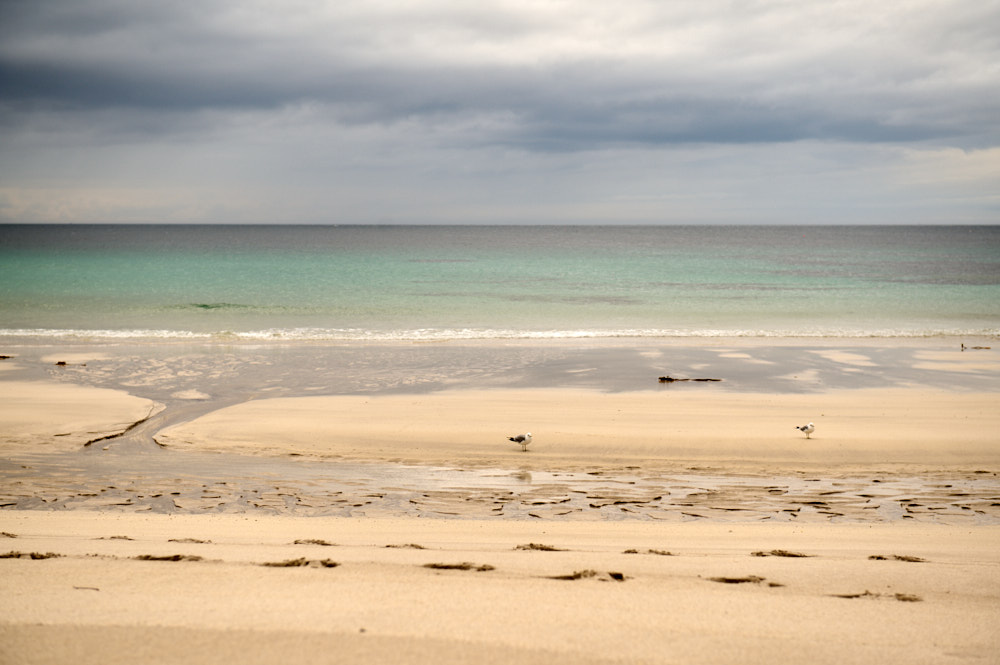
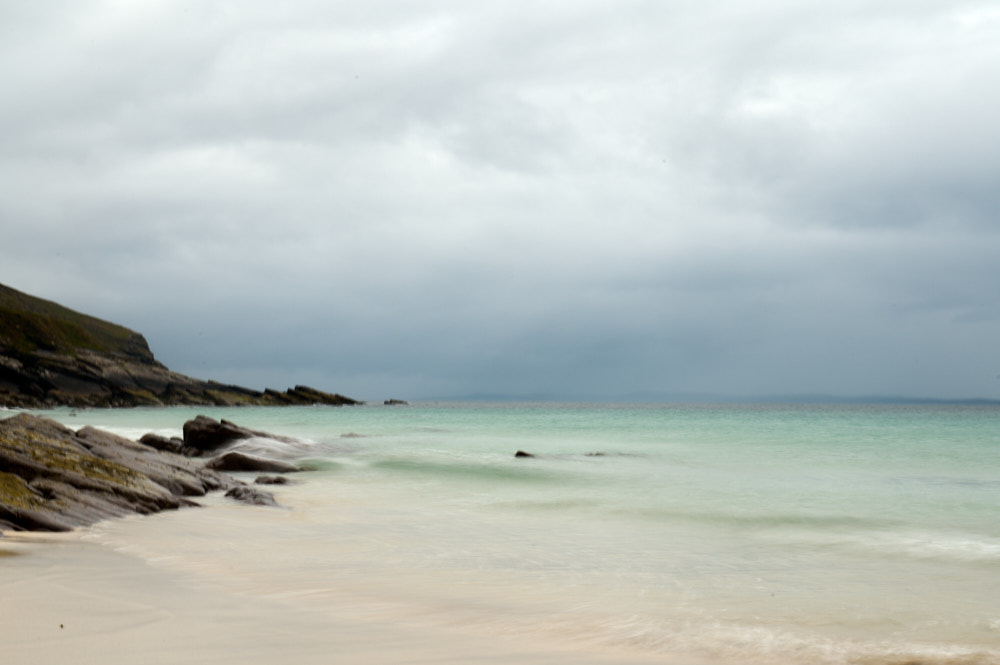
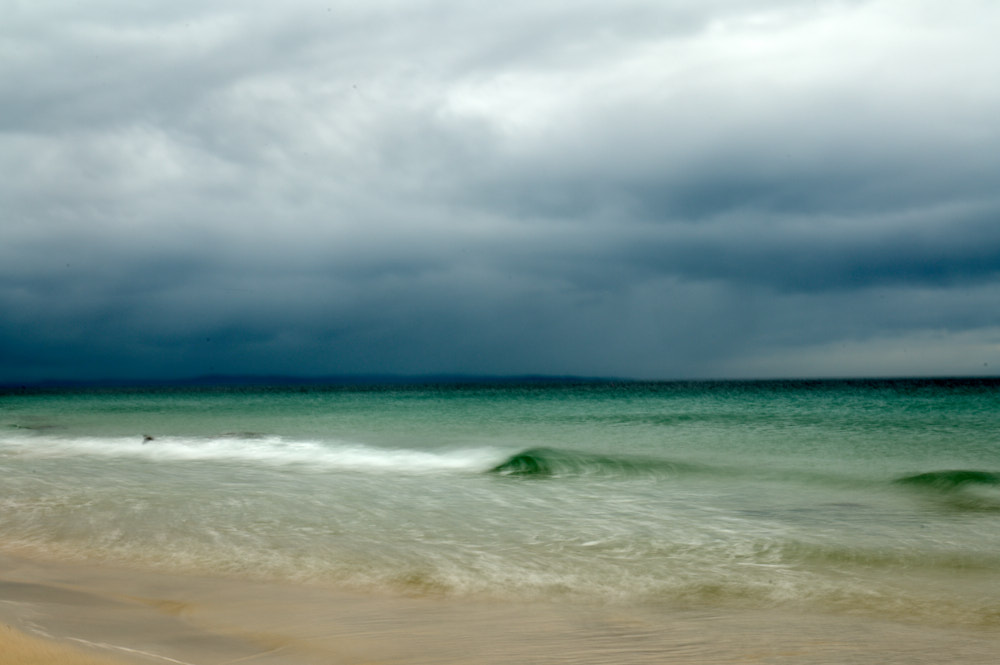
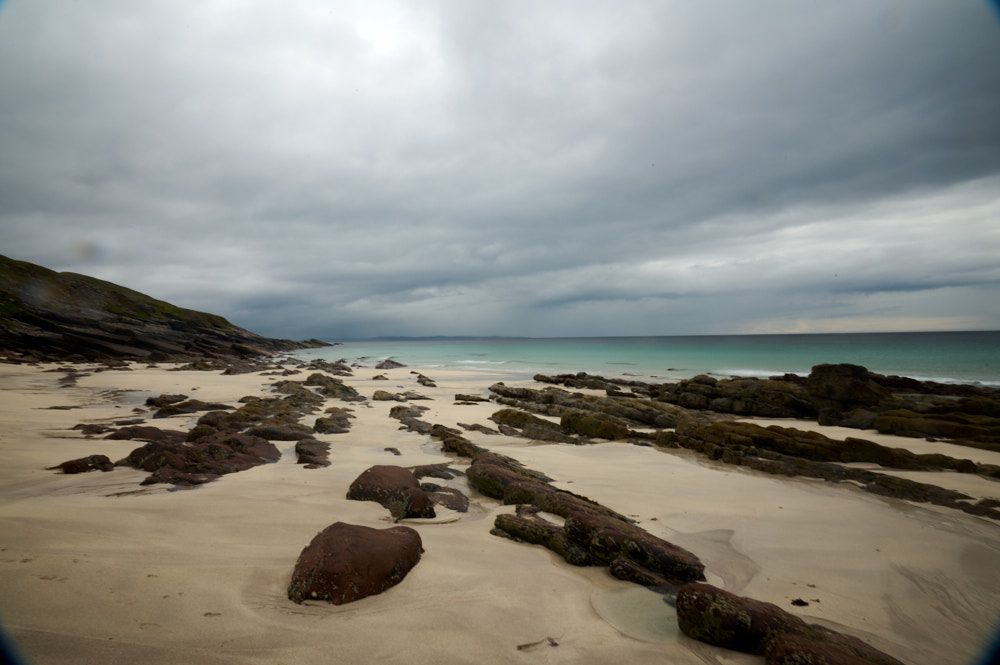
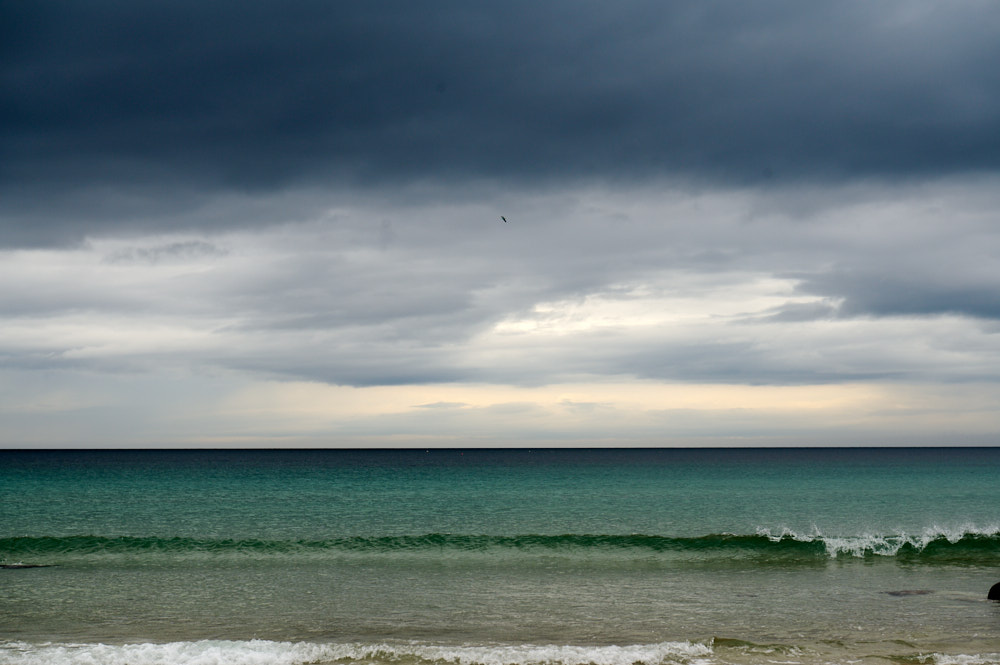
It was time for a little walk to my local beach, the one I always saw from my window and what a paradise it is.








For many, many years the Donaukanal, a former arm of the Danube, now a regulated water channel going through Vienna, was more or less ignored – a real Viennese “Gstättn“. A Gstättn means a grassy patch of land in the city, mostly ignored by official city planners (until it´s decided to build something on it).
In the early 1990is, the southern section was transformed into a more recreational area with playgrounds, grass and lots of benches. The section along the first and second district only made it´s revival some years ago, when the first cafés opened and part of the paths gets transformed into beaches during the summer, even a floating swimming pool was opened – and suddenly the former Gstättn became one of Vienna’s hot spots the whole year round. there is always something going on.
Art Collectives working there, street art (it´s actually legal to spray there), boats going to Bratislava, sporty zones, cafés and much much more can be done at the Canal. It´s also a wonderful location to takes pictures and use as a backdrop for portraits and fashion photography. Or take a photo walk with me. Airbnb Experiences now are also available in Vienna, there are quite a few to choose from and one of them is a photo walk along the Donaukanal.
Don´t hesitate to get in contact, if you´re interested in booking your own photo walk in and around Vienna! For more information on the one at Donaukanal have a look at Airbnb!
When I went to Venice this spring, La Serenissima wasn´t the main reason for me to travel there – I was lucky enough to attend a workshop by Sue Bryce Education at Castello Ceconi in the Pielungo, about 2 hours from Venice. We stayed in the little town Maniago, about a 45 minutes drive from the Castello and enjoyed a very scenic bus ride every day and pizza & wine at the local pizzeria every night.
Castello Ceconi was built in the late 19th century by the Fruili entrepreneur, Count Giacomo Ceconi. Born in 1833 in Val Nespolaria to humble surrounding, he came to Triest in 1851 to learn the business of building & construction. Being a very good student he soon got special assignments. In 1857 Ceconi started to work on important railway connections, uniting Klagenfurt and Maribor, Verona to Tirol and others in the Habsburg Empire, building the station buildings.
In 1879 he got the Austrian citizenship and started the construction of the Arlberg Tunnel, which opened in 1884.
He continued his work until 1900 building the port of Trieste and various ports on Sardinia.
Getting the title “Count” required getting a residence in Italy. Ceconi decided to build a villa near his native village and even started to spend more time in the Pielungo.
Constructed in neo-gothic style Castello Ceconi also incorporates medieval and Renaissance elements. Ceconi was also a huge advocate for reforestation and almost 2 million of seedlings were planted on his land.
An elegant building at the foot of the Dolomites surrounded by a lush forest.
After Cecconi’s death in 1910, his family sold the Castello and the forest. In 2007 Graphistudio bought the villa and the adjoining forest and started a throughout renovation of the building to open it for photographers from all around the world to learn, interact and grow – The Graphistudio Accademia. And I´m lucky enough to go back there in May 2018 for another workshop.
After our three day workshop at the Castello we even had the opportunity to visit the actual production site. Graphistudio offers high-end photo albums, prints and folio boxes for professional photographers handmade in Italy.
I´ve been looking around for the perfect products for my clients for quite a while and finally found the ones I love! Luxurious handmade boxes and passe-partouts that keep your precious images not only safe but are a beautiful way of displaying them.